Mr. Hayashi (Bruce Baillie, 1963)
Dec
5
World Soil Day
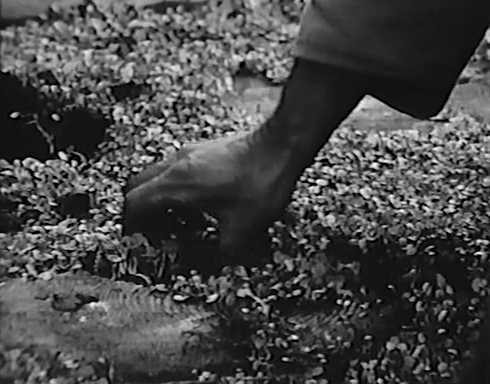
Mr. Hayashi's hand digging in soil.
Someone digs in soil on World Soil Day
shortfilm
“I've been consulted by Franklin D.,
Gretta Garbo has had me to tea,
Still I'm broken hearted,
Cause I can't get it started,
With you”The Big Shave [The Big Shave… or, Viet '67] (Martin Scorsese, 1967)
Dec
2
Safety Razor Day
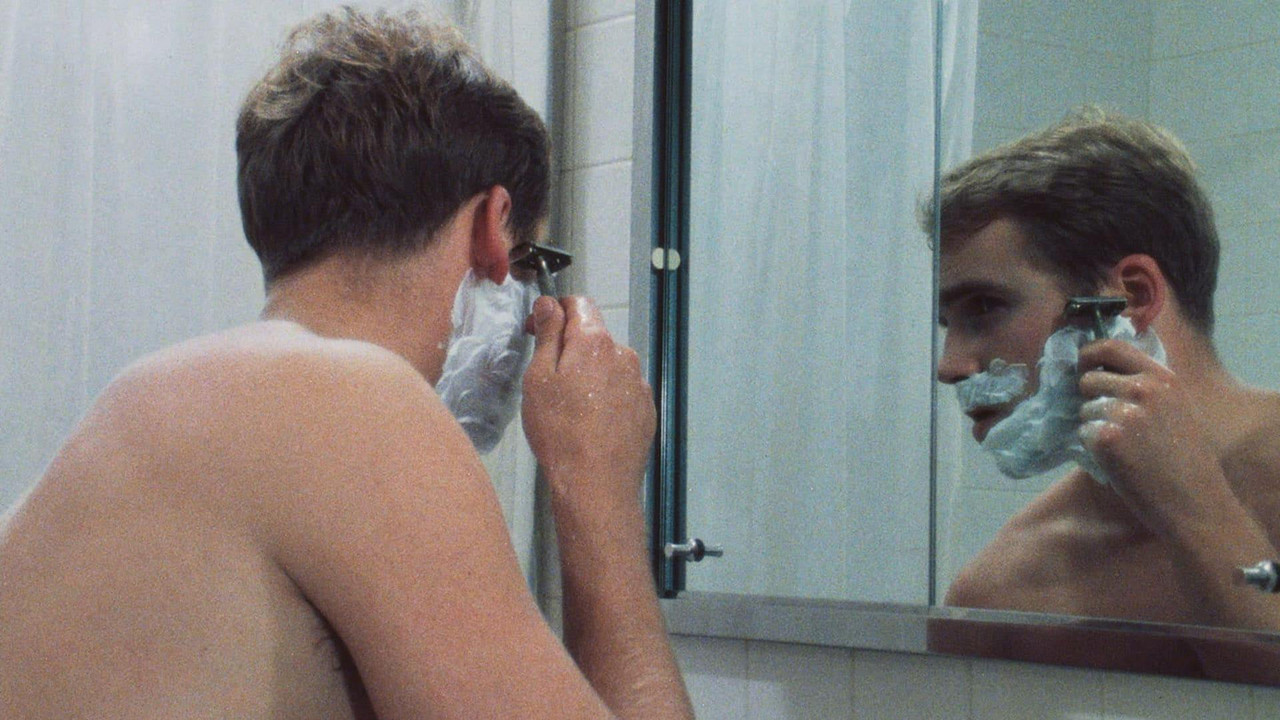
A young man (Peter Bernuth) shaving in front of a mirror. The bathroom is clean, white, with chrome fixtures. DP: Ares Demertzis.
Someone shaves on Safety Razor Day (USA)
Accompanied by the sweet tunes of Bunny Berigan and Ira Gershwin's I Can't Get Started, a young man shaves his face. The Big Shave is a short commissioned film which contains many of the hallmarks of Martin Scorsese's later, more accessible work.
–Ira Gershwin, I Can't Get Started (1936)
There's also the obvious influence of #KennethAnger to be found, in nostalgic show tunes, the fetishisation of chrome and clean lines, followed by lustful, by ways erotic, violence. #Scorsese theme here is not homoeroticism, not on the surface at least, but the carnage laid upon so many young men sent off to the smouldering battlefields of #Vietnam. There'd be another six years of that. And meanwhile, some young men came back. And some picked up a job, driving a cab.
“There is no why for my making films. I just liked the twitters of the machine, and since it was an extension of painting for me, I tried it and loved it. In painting I never liked the staid and static, always looked for what would change the source of light and stance, using glitters, glass beads, luminous paint, so the camera was a natural for me to try—but how expensive!”Lights (Marie Menken, 1966)
Dec
1
National Christmas Lights Day

A display of what appear to be red, yellow, green and blue bell-shaped Christmas lights among silhouetted tree branches. DP: Marie Menken.
Christmas lights for National Christmas Lights Day (USA)
It took experimental filmmaker Marie Menken three years to shoot Lights. From midnight until 1 AM, she filmed New York's window displays during the holiday season, using her camera, motion, colour, and available light sources as her paintbrush.
– Marie Menken, c. 1966
Filming at night helped to avoid unwanted interruptions of people and cars, but turned out to be problematic for her hand-cranked #Bolex, which kept stalling in NYC's icy winter nights.
1999 A.D. (Lee Madden, 1967)
Nov
27
Cyber Monday

Mother Karen (Marj Dusay) taking a break from online food planning by shopping for a new wardrobe for everyone but herself. DP: Vilmos Zsigmond.
Shopping online on Cyber Monday
In the soul crushing future of 1999, one heroic nuclear family bravely fulfils their gender-specific duties. While Father Mike works in his computer-aided office, Son Jamie fails at computer homeschool and Mother Karen slavishly shops, cooks, and cleans as if the 70s never happened.
Thankfully, the future turned out to be even bleaker.
Weihnacht (Roland Klick, 1963)
Nov
24
Black Friday
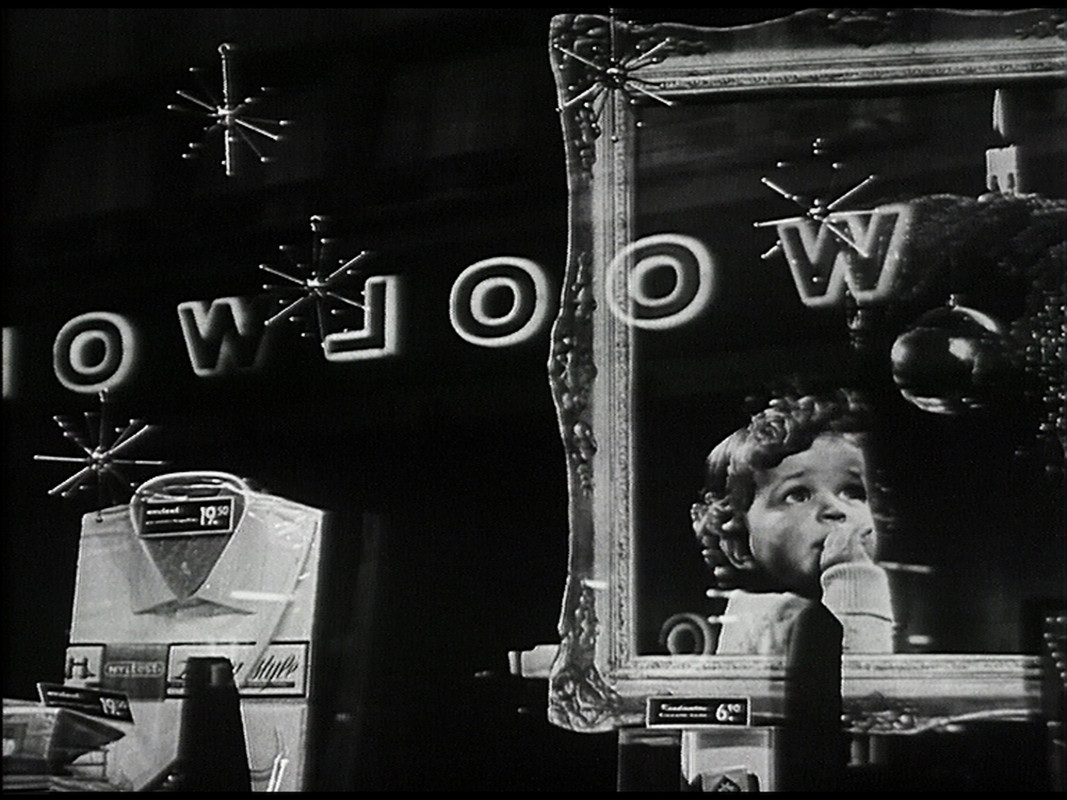
The miracle of Christmas, as seen in a fancy shop window. A dress shirt is on display among Sputnik-style decorations and an entranced toddler is reflected in a gilded mirror. From across the street, “Woolworth's” in neon text bounces off the window pane. DPs: Jochen Cerhak & Roland Klick.
Holiday shopping on Black Friday (once just the USA, now this pest is everywhere)
A little boy takes in the magic of pre-Christmas, while the adults rush and worry about all that must to be bought.
Muloorina (David Cobham, 1964)
Nov
17
Guinness World Records Day

The Bluebird parked amongst the crew's Jeeps. DPs: John Daniell, Ross King, Frank McKechnie, Ian Millar & Bob Wright.
Short in gorgeous Technicolor, Muloorina tells about a small, arid town in Australia that one day finds itself on the world's stage. Kati Thanda–Lake Eyre, a local salt lake that hasn't seen a drop of rain in nine years, is the perfect spot for a landspeed record attempt by British daredevil Donald Campbell and his Bluebird.
A play of contrasts. The supersonic blue machine on the ancient white riverbed and the slowness of the eternal landscape versus something faster than should be possible. And meanwhile, the locals care for their land and animals, and wait for rain.
Kick That Habit (Peter Liechti, 1989)
Nov
16
National Andy Day
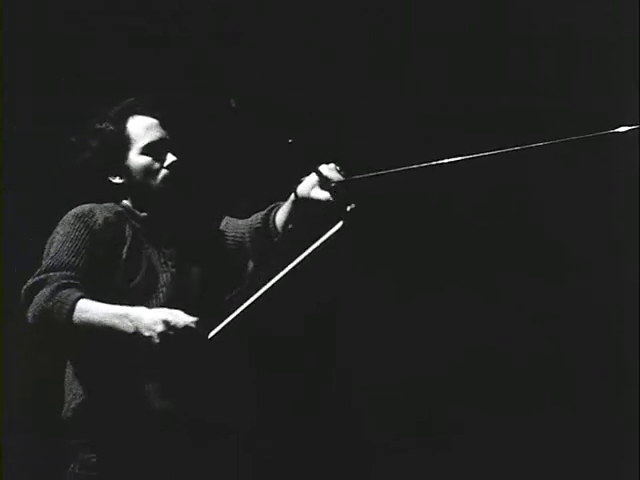
Andy Guhl of experimental Swiss music/art group Voice Crack playing metal wire strung along a room. DP: Peter Liechti.
Everything is noise. Everything is light. Everything is dark. Everything is motion. Everything is static. Everything is energy. Everything is lethargy. Everything is rhythm. Everything is chaos. Everything is silent
Werner Herzog Eats His Shoe (Les Blank, 1980)
Nov
8
Cook Something Bold Day
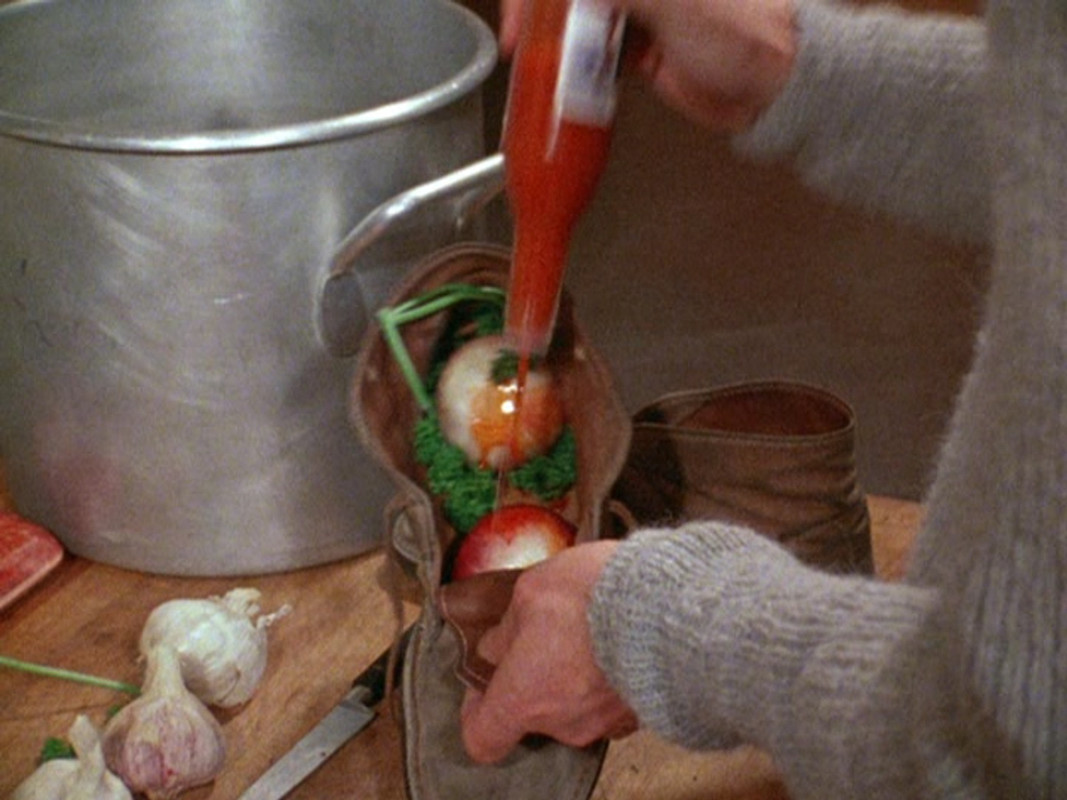
Herzog prepares his left suede Clarks in Alice Waters' restaurant kitchen. DP: Les Blank.
“Come, this party is for hard-working people!”Jaanipäev [St. John's Day] (Andres Sööt, 1978)
Nov
5
Bonfire Night

The neatly stacked pyre on jaanipäev with Tallinn's dreary socialist Plattenbau on the horizon. DP: Andres Sööt.
As long as they can remember, jaaniõhtu is when Estonians gather to celebrate midsummer. It started, they'll tell you, 4000 years ago when Kaali appeared. Ever since, come rain or shine, come socialism or capitalism, the people gather and light bonfires in its remembrance. Some sing the songs of the elders, memory willing. Others see this as their moment to shine. As a great musician perhaps. A faithful worker. Or a lover, for jaanipäev; #midsummer night.
